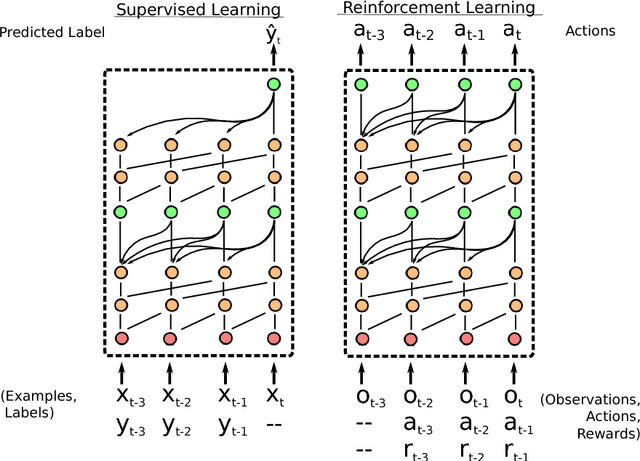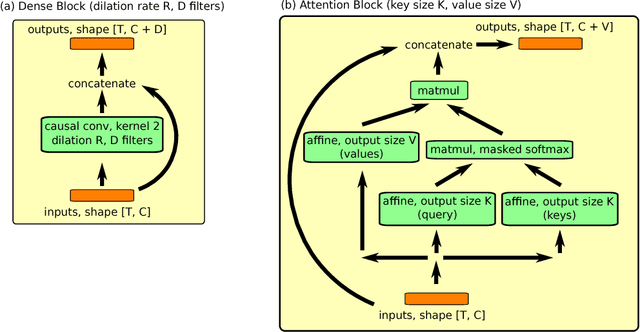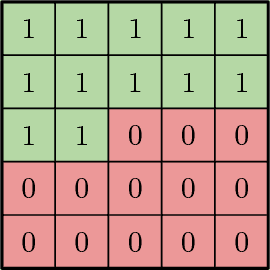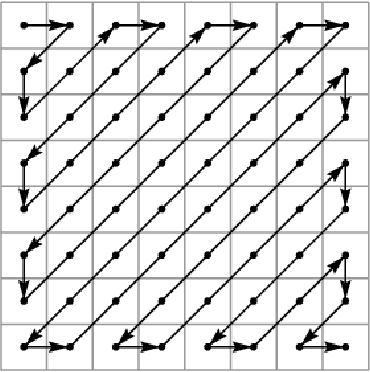Mostafa Rohaninejad
OpenAI o1 System Card
Dec 21, 2024



Abstract:The o1 model series is trained with large-scale reinforcement learning to reason using chain of thought. These advanced reasoning capabilities provide new avenues for improving the safety and robustness of our models. In particular, our models can reason about our safety policies in context when responding to potentially unsafe prompts, through deliberative alignment. This leads to state-of-the-art performance on certain benchmarks for risks such as generating illicit advice, choosing stereotyped responses, and succumbing to known jailbreaks. Training models to incorporate a chain of thought before answering has the potential to unlock substantial benefits, while also increasing potential risks that stem from heightened intelligence. Our results underscore the need for building robust alignment methods, extensively stress-testing their efficacy, and maintaining meticulous risk management protocols. This report outlines the safety work carried out for the OpenAI o1 and OpenAI o1-mini models, including safety evaluations, external red teaming, and Preparedness Framework evaluations.
A Simple Neural Attentive Meta-Learner
Feb 25, 2018



Abstract:Deep neural networks excel in regimes with large amounts of data, but tend to struggle when data is scarce or when they need to adapt quickly to changes in the task. In response, recent work in meta-learning proposes training a meta-learner on a distribution of similar tasks, in the hopes of generalization to novel but related tasks by learning a high-level strategy that captures the essence of the problem it is asked to solve. However, many recent meta-learning approaches are extensively hand-designed, either using architectures specialized to a particular application, or hard-coding algorithmic components that constrain how the meta-learner solves the task. We propose a class of simple and generic meta-learner architectures that use a novel combination of temporal convolutions and soft attention; the former to aggregate information from past experience and the latter to pinpoint specific pieces of information. In the most extensive set of meta-learning experiments to date, we evaluate the resulting Simple Neural AttentIve Learner (or SNAIL) on several heavily-benchmarked tasks. On all tasks, in both supervised and reinforcement learning, SNAIL attains state-of-the-art performance by significant margins.
PixelSNAIL: An Improved Autoregressive Generative Model
Dec 28, 2017



Abstract:Autoregressive generative models consistently achieve the best results in density estimation tasks involving high dimensional data, such as images or audio. They pose density estimation as a sequence modeling task, where a recurrent neural network (RNN) models the conditional distribution over the next element conditioned on all previous elements. In this paradigm, the bottleneck is the extent to which the RNN can model long-range dependencies, and the most successful approaches rely on causal convolutions, which offer better access to earlier parts of the sequence than conventional RNNs. Taking inspiration from recent work in meta reinforcement learning, where dealing with long-range dependencies is also essential, we introduce a new generative model architecture that combines causal convolutions with self attention. In this note, we describe the resulting model and present state-of-the-art log-likelihood results on CIFAR-10 (2.85 bits per dim) and $32 \times 32$ ImageNet (3.80 bits per dim). Our implementation is available at https://github.com/neocxi/pixelsnail-public
 Add to Chrome
Add to Chrome Add to Firefox
Add to Firefox Add to Edge
Add to Edge